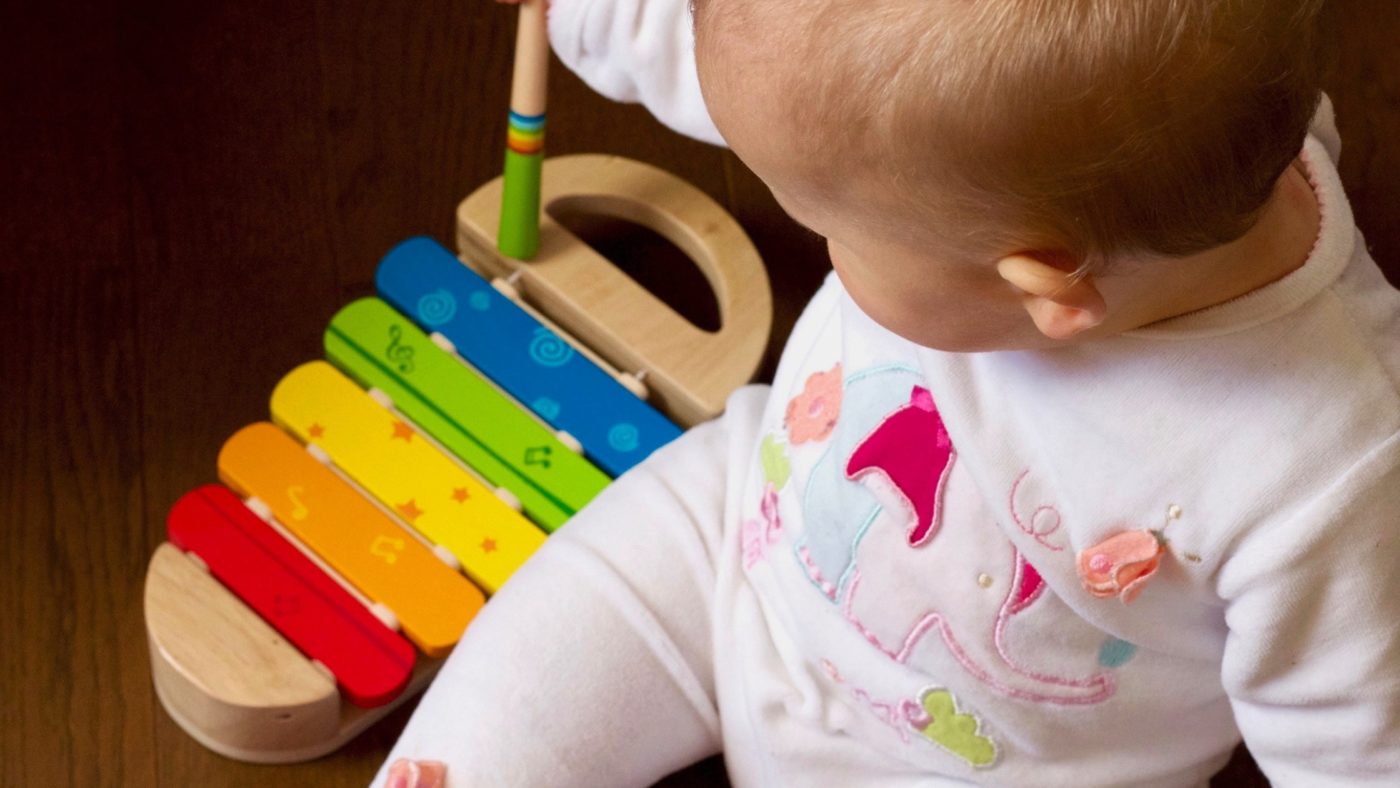
Natural materials and textures are an integral part of the Montessori approach to parenting, particularly when it comes to creating an environment for your baby. Montessori philosophy emphasizes the importance of allowing babies to explore and learn from their surroundings through their senses. One way to promote this exploration is by incorporating natural materials and textures into your baby’s environment. In this blog post, we will discuss the importance of using natural materials and textures and provide some tips on how to do so in your Montessori-inspired baby’s environment.
Why Natural Materials and Textures Matter
The use of natural materials and textures in a baby’s environment is based on the belief that babies benefit from experiencing and connecting with nature. By incorporating natural materials and textures, you can create a calming and soothing environment that supports your baby’s development.
Here are some of the benefits of using natural materials and textures in your baby’s environment
Promotes Sensory Development
Natural materials such as wood, cotton, and wool have different textures and weights that help to stimulate your baby’s sense of touch. Babies learn through exploration, and by introducing them to a variety of textures, you can promote their sensory development.
Enhances Learning
The use of natural materials and textures provides a tactile learning experience for your baby. As they explore and manipulate different objects, they are developing their fine motor skills and learning about cause and effect.
Encourages Independence
When babies are given the opportunity to explore their environment, they learn to become independent. By using natural materials and textures, you are providing them with an environment that allows them to explore and learn on their own.
Tips for Incorporating Natural Materials and Textures
Here are some tips on how to incorporate natural materials and textures into your Montessori-inspired baby’s environment
Use Wood:
Wooden toys and furniture are a staple in Montessori environments. Not only are they durable and long-lasting, but they also provide a natural texture that is pleasing to the touch. Wooden blocks, puzzles, and toys are great options for your baby’s playtime.
Choose Natural Fibers
Cotton, wool, and bamboo are all natural fibers that are gentle on your baby’s skin. Opt for clothing and bedding made from these materials, and provide your baby with soft blankets and toys made from these materials.
Add Plants
Adding plants to your baby’s environment not only adds a touch of nature but also helps to purify the air. Choose plants that are non-toxic and safe for your baby to be around.
Use Natural Lighting
Natural lighting is important for your baby’s development. Make sure to allow natural light into your baby’s environment as much as possible. This can be achieved by using sheer curtains or keeping windows unobstructed.
Incorporate Natural Sounds
The sounds of nature, such as birds chirping or a gentle stream, can be calming for your baby. Use a white noise machine or play nature sounds to help create a soothing environment.
Conclusion
Incorporating natural materials and textures into your Montessori-inspired baby’s environment is a great way to support their development and promote their independence. By using wood, natural fibers, plants, natural lighting, and natural sounds, you can create a calming and soothing environment that is beneficial for your baby’s growth and development. Remember, babies learn through exploration, so providing them with a variety of textures and materials to explore is essential for their development.



